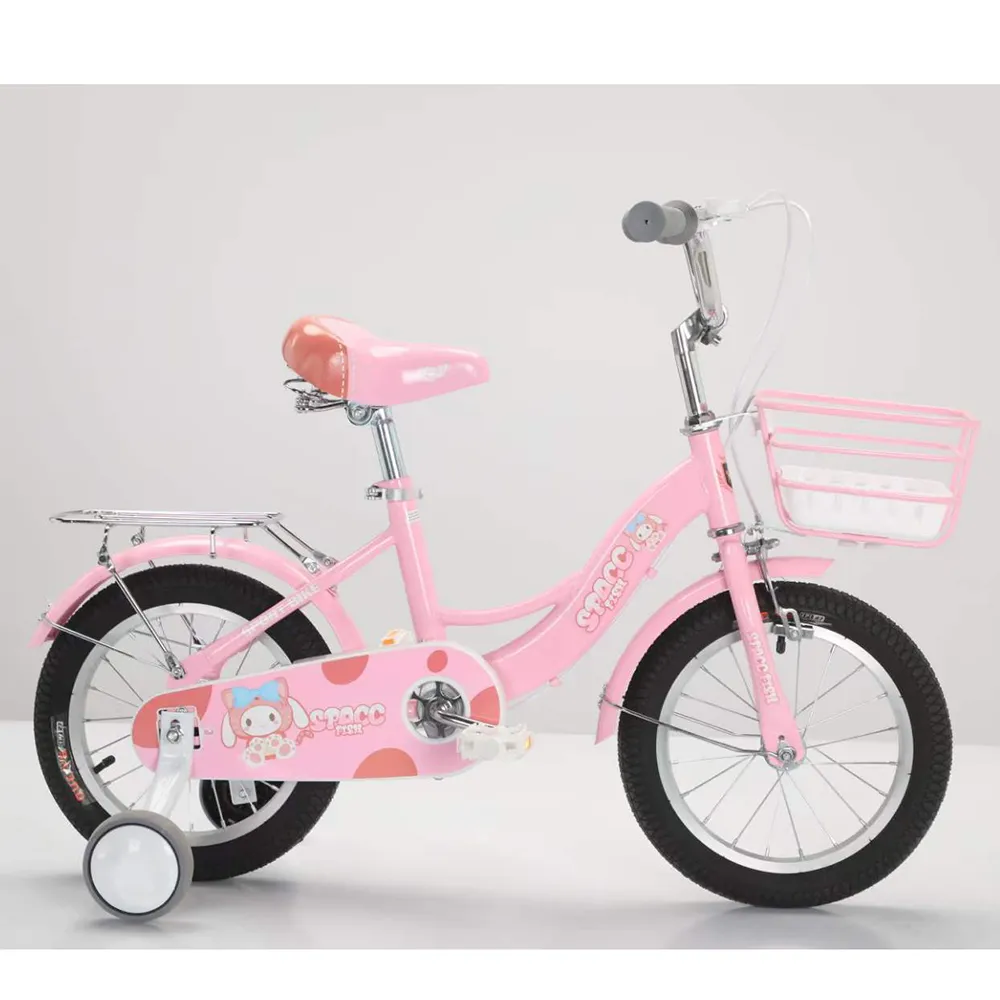how to pick a mountain bike
How to Pick a Mountain Bike A Comprehensive Guide
Choosing the right mountain bike can be an overwhelming experience, especially for those new to the world of mountain biking. With numerous styles, features, and brands available, it’s essential to know what to look for to ensure you make the best choice for your riding experience. This guide will break down the key factors to consider when selecting a mountain bike.
1. Determine Your Riding Style
Before diving into specific features, consider how you plan to use your mountain bike. There are several riding styles, including
- Cross Country (XC) These bikes are lightweight and built for speed. They are ideal for riders who enjoy climbing and covering long distances on varied terrain. - Trail Trail bikes are versatile and designed for a mix of climbing and descending. They typically have a balanced geometry that offers stability and comfort. - All-Mountain/Enduro These bikes are built to handle rough terrain and descents. They have more travel in the suspension, making them suitable for aggressive riding. - Downhill Downhill bikes are heavy-duty and designed for steep descents. They are not suitable for climbing but excel in downhill terrain.
Knowing your riding style will help you narrow down your options.
2. Frame Material
The material of the bike frame plays a significant role in its performance, durability, and price. Common materials include
- Aluminum This is the most common material for mountain bike frames due to its balance of weight, strength, and cost. Aluminum bikes are often affordable and lightweight. - Carbon Fiber Carbon frames are lightweight and offer excellent shock absorption, making them often found in high-end models. However, they can be more expensive and may be less durable than aluminum. - Steel Steel frames are durable and provide a smooth ride. They are generally heavier but are often seen as more reliable for rough conditions.
Your budget and riding style will dictate which material is best for you.
3. Suspension Type
Mountain bikes generally come with three types of suspension
- Hardtail These bikes have a front suspension but no rear suspension. They are lighter and more efficient for climbing, making them a good choice for cross-country and trail riding. - Full Suspension Full-suspension bikes have both front and rear suspension systems, providing better control and comfort on rough terrain. They are more suited for aggressive and technical trails but tend to be heavier and more expensive. - Rigid Rigid bikes have no suspension and are used primarily for smooth trails or urban riding. They are lightweight but can be less comfortable on uneven surfaces.
how to pick a mountain bike

Choosing the right suspension depends on the type of terrain you’ll be riding
.4. Wheel Size
Mountain bikes come in various wheel sizes, each offering different advantages
- 26-inch Wheels These were once the standard size, offering great maneuverability but are now less common. - 27.5-inch (650B) Wheels These have become popular as they provide a good balance between speed and control. - 29-inch Wheels Ideal for rolling over obstacles and maintaining speed, 29ers are great for cross-country and trail biking but can be harder to maneuver in tight spaces.
Your preference for stability versus agility should guide your wheel size selection.
5. Fit and Comfort
A proper fit is crucial for an enjoyable riding experience. When trying out a mountain bike
- Stand over the frame and ensure there’s 1-2 inches of clearance for a hardtail and 3-4 inches for a full suspension. - Adjust the seat height so that when you sit, your leg is nearly fully extended at the bottom of the pedal stroke. - Take a test ride if possible, and pay attention to how the bike feels in terms of comfort and control.
6. Budget
Mountain bikes can vary significantly in price. Determine your budget early on and consider that spending slightly more may provide better components and performance. Remember to factor in additional costs for gear, maintenance, and accessories.
Conclusion
Choosing the right mountain bike involves understanding your riding style, selecting the appropriate frame material and suspension type, considering wheel size, ensuring a proper fit, and sticking to a budget. By taking the time to evaluate these factors, you’ll be well on your way to finding the perfect bike that meets your needs and enhances your mountain biking experience. Whether you’re tackling a challenging trail or cruising through your favorite paths, the right mountain bike will make all the difference.
-
Baby Balance Bike OEM Service – Kids No-Pedal, LightweightNewsNov.10,2025
-
OEM Kids Bike Children Bicycle – Cheap Wholesale BicyclesNewsNov.10,2025
-
Kids Bike New Model 12–18 inch Boys & Girls Bike, AdjustableNewsNov.10,2025
-
China Cheap Price Safe Kids Bike for 10yo w/ Training WheelsNewsNov.10,2025
-
China CE-Certified Kids Balance Bike, Guaranteed QualityNewsNov.10,2025
-
Colorful Outdoor Flashing Carton Children Scooter for KidsNewsNov.10,2025
-
Best Price Kids Balance Bike – Superior Quality, No PedalsNewsNov.10,2025








